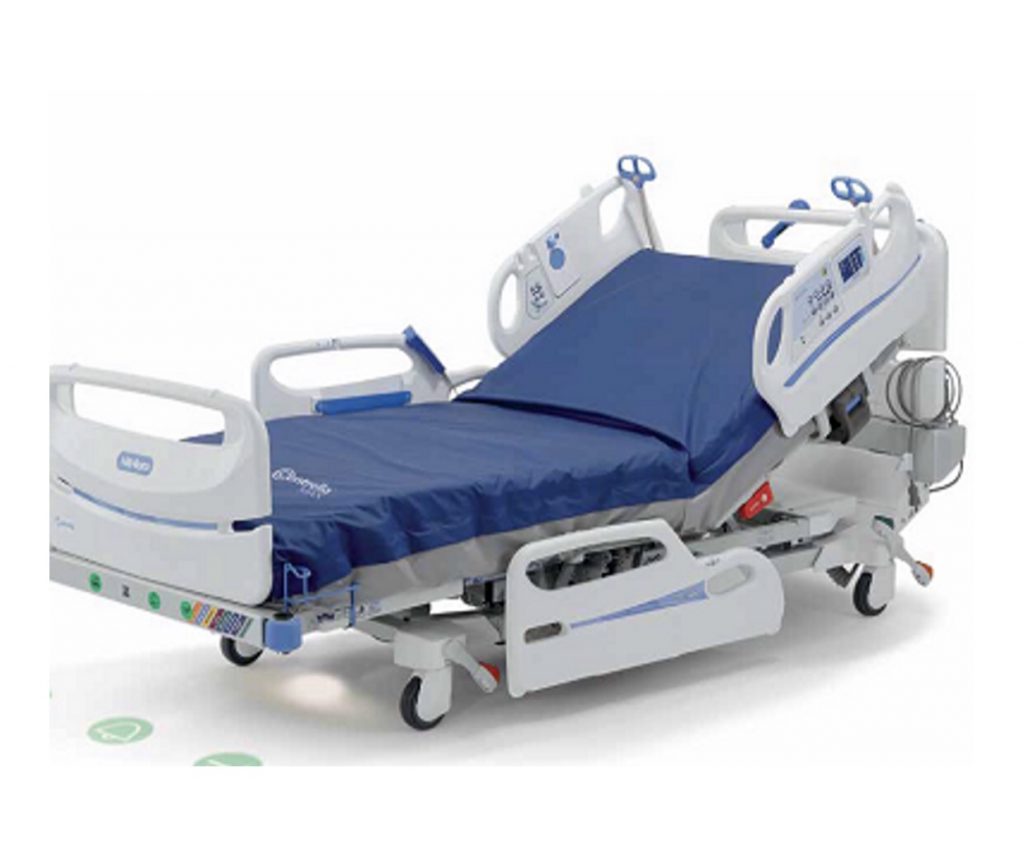The paradigm shift toward patient-centered care has paved the way for remarkable innovations in hospital bed technology. This article delves into the transformative journey of hospital bed development, exploring the historical roots, technological milestones, and the profound impact these innovations have on patient well-being and recovery.
Evolution of Hospital Bed Technology
The history of hospital bed evolution is a testament to the relentless pursuit of improving patient care. From rudimentary structures to today’s sophisticated designs, hospital beds have undergone a remarkable transformation. Early hospital beds were simple, often wooden contraptions that lacked the comfort and adjustability we now take for granted.
Significant milestones have marked the journey toward modern hospital beds. The introduction of adjustable frames, pneumatic systems, and advanced materials has revolutionized patient comfort and care. Breakthroughs such as motorized adjustments and pressure-relieving surfaces have become standard features, enhancing the overall patient experience.
Impact of Technology on Patient Care and Recovery
Technology plays a pivotal role in shaping the landscape of healthcare. In the context of hospital beds, technological advancements have translated into improved patient outcomes and streamlined care. Automated controls, sensor technologies, and connectivity options have empowered healthcare providers to tailor care plans with unprecedented precision, fostering quicker recovery and reduced complications.
Ergonomic Design in Hospital Beds
Ergonomics lies at the heart of patient-centric care. The design of modern hospital beds prioritizes ergonomic principles, ensuring optimal support, comfort, and ease of use. Adjustable height, inclination, and customizable features cater to the diverse needs of patients, promoting both physical and psychological well-being.
Patient-centric hospital beds go beyond functionality, incorporating features that prioritize patient comfort. From pressure redistribution surfaces to integrated bedside controls, these beds are designed to alleviate discomfort, reduce the risk of bedsores, and enhance overall patient satisfaction.
Smart Technology Integration
The integration of smart technology has ushered in a new era of healthcare. Modern hospital beds are no exception, incorporating intelligent systems to monitor, analyze, and respond to patient needs in real-time. Cutting-edge hospital beds now feature integrated smart technologies like remote monitoring, predictive analytics, and automated response systems. These innovations enhance the efficiency of healthcare delivery and contribute to the early detection of potential issues, minimizing risks and complications.
The benefits of smart technology extend beyond convenience. Real-time monitoring allows healthcare providers to track vital signs, adjust settings remotely, and intervene promptly. It not only improves patient outcomes but optimizes healthcare resource allocation.
Healing Environments and Aesthetics
The concept of healing environments emphasizes the importance of the physical surroundings in the recovery process. Collaborative efforts between architects, designers, and healthcare professionals aim to create spaces promoting healing, tranquility, and well-being.
Hospital bed rentals design is crucial in shaping patients’ perceptions of their environment. Aesthetically pleasing and functionally efficient beds contribute to a positive atmosphere, reducing patient stress and anxiety levels. The synergy between designers and healthcare professionals has become instrumental in creating healthcare spaces prioritizing functionality and aesthetics. Collaborative efforts ensure that the design of hospital beds aligns seamlessly with the broader goals of creating healing environments.
Patients report higher levels of comfort, better sleep quality, and an overall positive experience during their stay, contributing to a more favorable perception of healthcare facilities.
